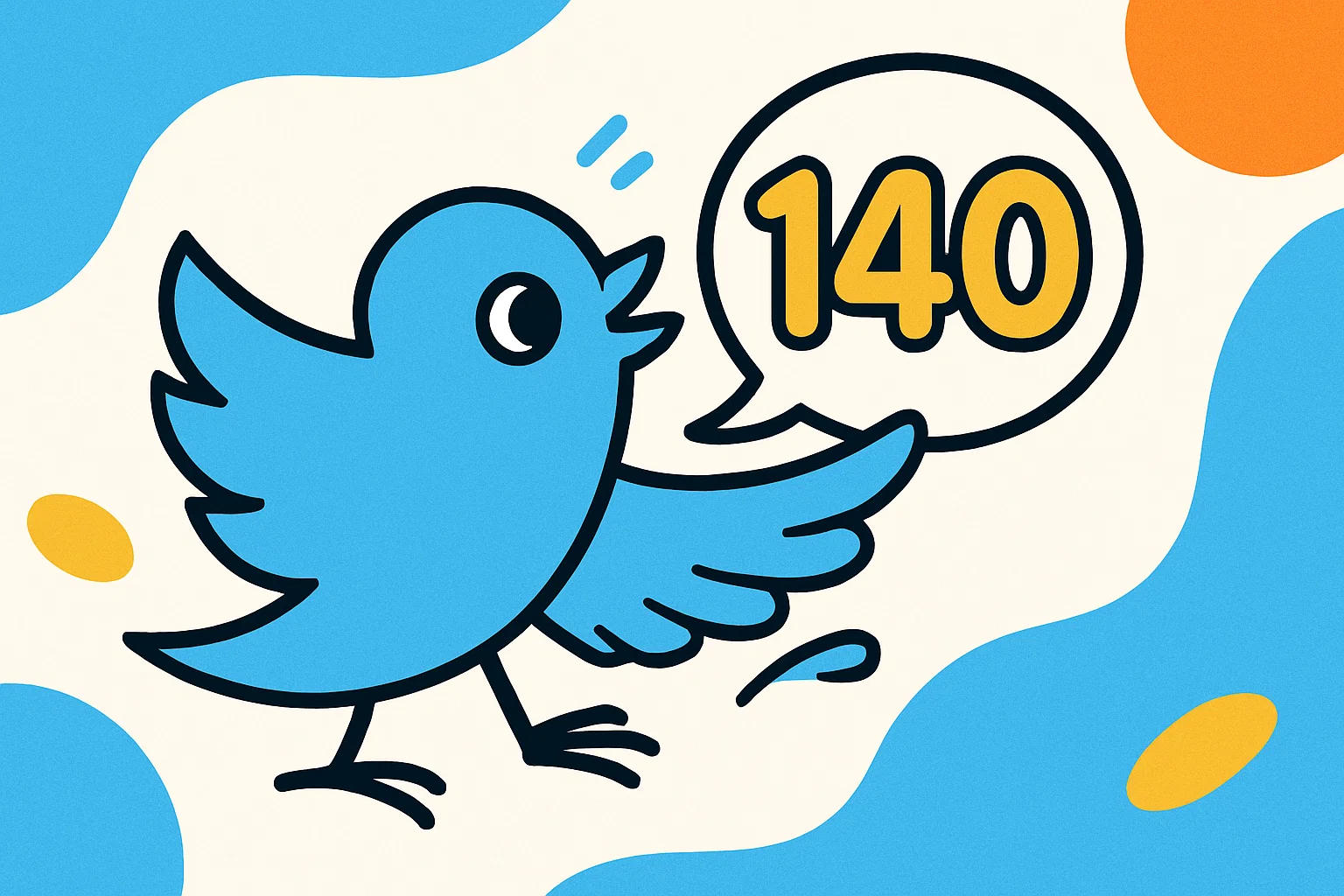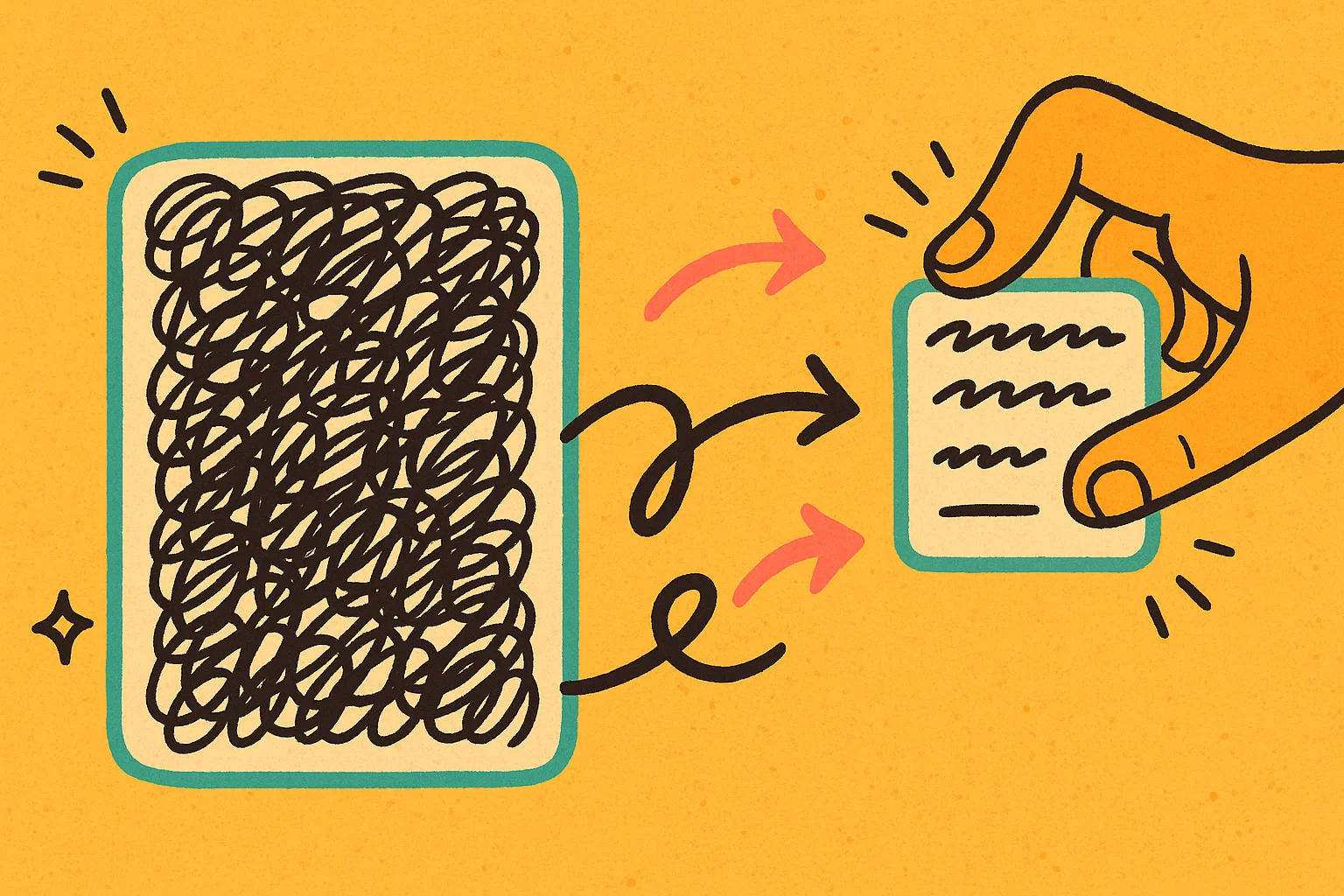Whether you’re writing a tweet, polishing a headline, or preparing a college application, every character counts. A character counter shows you exactly how long your text is—letters, spaces, punctuation included—so you can stay within limits without losing your message. From social media posts to SEO meta tags, character counting keeps words sharp, clear, and effective.
Check out our Others page to discover useful guides that make daily calculations easier.
Common character limits
Social Networks:
-
Twitter Post: 280
-
Facebook Post: 1,000-2,000
-
Instagram Caption: 2,200
-
YouTube Description: 5,000
Blogs, Work, and Literature:
-
LinkedIn Article: 2,000 - 3,000
-
Blog Posts: 1,000-2,500
-
Cover Letters: 200-400
-
Resumes: 400-1,000
-
Short Stories: 1,500-7,500
-
Novellas: 20,000-40,000
-
Novels: 60,000-100,000
Essays:
-
High School Essays: 500-1,000
-
College Admission Essays: 650
-
Undergraduate College Essays: 1,500-3,000
-
Graduate School Admission Essays: 1,000-1,500
Popular Work
-
The Great Gatsby – 235,000
-
A Good Man is Hard to Find – 27,500
-
Harry Potter and the Sorcerer's Stone – 385,000
-
Moby-Dick – 1,000,000
-
Pride and Prejudice – 610,000
-
The Lottery – 17,500
-
The Tell-Tale Heart – 10,000
Why is it necessary to limit word count?
Limiting the word count in content not only improves visibility on online platforms but also enhances the user experience. By restricting the word count, readers can quickly access information without feeling overwhelmed. Especially in SEO, search engines tend to prioritize content that is easy to read and understand, with a clear structure. Limiting word count helps optimize content for keyword density requirements, making it more shareable and engaging.
Twitter’s 140 Characters That Changed Communication
Back in 2006, when Twitter first launched, the platform looked almost playful compared to other social networks. The rule was simple: you had just 140 characters to say whatever you wanted. That number wasn’t random—it came from the technical limit of SMS text messages, which allowed 160 characters. Twitter reserved 20 for usernames, leaving 140 for the message itself¹.
At first, people weren’t sure such short posts could matter. But soon the format reshaped how the world communicated. Politicians began sharing campaign updates directly with voters. Journalists broke news faster than newspapers could print. Everyday users turned 140 characters into a tool for activism, from organizing protests to raising awareness of global events.
🐦 Fun fact: In 2017, Twitter doubled the limit to 280 characters, but data showed most tweets were still under 140². Old habits die hard.
The original 140-character rule wasn’t just a restriction—it became a creative framework. Writers, comedians, and brands learned to be sharper and wittier, proving that sometimes less really is more.

Character Counting in Different Languages
Counting characters sounds simple—until you cross into different languages. In English, every letter, number, or space counts as one character. But in languages like Chinese, Japanese, or Korean, a single symbol can represent an entire word or idea. This means a 100-character text in English might be a short paragraph, while 100 characters in Chinese could feel like a mini-essay³.
Modern computing adds another twist: Unicode. To support every global language and thousands of emoji, systems use multi-byte characters. Some emoji or accented letters take up more than one byte, even if they appear as a single symbol on screen. That’s why sometimes a post “looks short” but exceeds the character limit in certain applications.
Then there are emoji and modern icons. A simple 😀 might count as one character in some tools, but in the database behind the scenes, it could require multiple bytes of storage. This matters for platforms like Twitter or SMS, where technical limits still exist⁴.
🌍 Do you know: In Chinese, a single character like “家” means “home” or “family.” What takes several words in English fits neatly into one symbol, giving the same space far more expressive power.
Character counting across languages isn’t just a technical detail—it’s a reminder that writing systems are deeply cultural, and that digital tools must adapt to handle this diversity.

¹ The Invention of Twitter and SMS Roots – Massachusetts Institute of Technology (MIT Technology Review)
² Twitter Data Insights on Tweet Length – Twitter Official Research Report
³ Unicode Standard Overview – Unicode Consortium
⁴ Internationalization and Multilingual Computing – World Wide Web Consortium (W3C)

